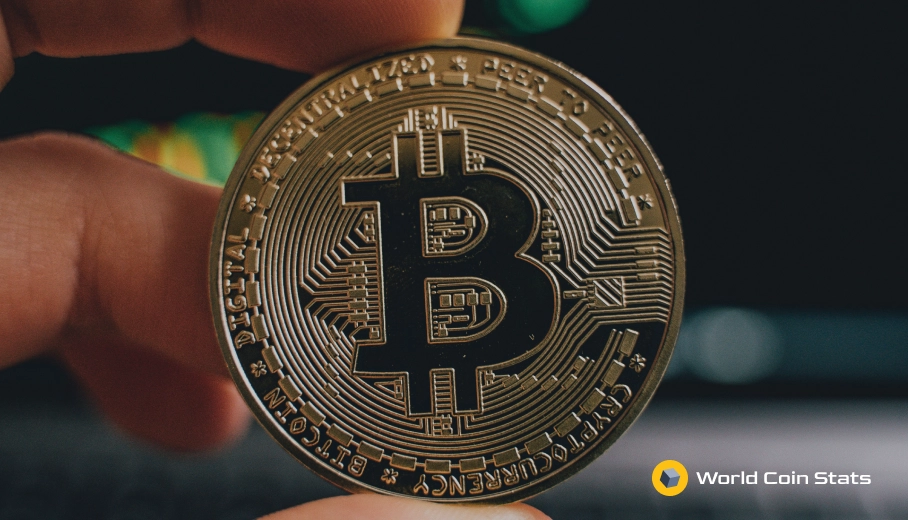Will Algorithmic Stablecoins Ever Work?
Algorithmic stablecoins are a new type of stablecoin that rely on, well, algorithms to keep the price of the coin stable. This is a stark contrast to the more traditional stablecoins that rely on reserves held by a central authority (Tether) or a decentralized smart contract (DAI).
Anyway, this article will cover the basics of algorithmic stablecoins and why they will most likely not work.
Contents
How Algorithmic Stablecoins Work
The mechanism behind algorithmic stablecoins is actually pretty simple. The coins are first created like any other cryptocurrency – out of thin air on a blockchain.
The price is then pegged at $1 to 1 token in a rather creative manner. The first half involves creating coins until the price falls to $1, which is easy enough.
The more difficult part is raising the price to $1 after a price drop. For that, algorithmic stablecoins will sell something called coupons. Basically, these coupons are used to buoy the price when it drops under $1.
The basic mechanics of coupons is that buyers purchase a coupon with the stablecoin, removing it from circulation, with the anticipation that they can exchange the coupon for more stablecoin when the price of the stablecoin rises above $1.
So, that is the basic premise of algorithmic stablecoins – the mechanics behind them are not particularly difficult to understand. In fact, they are rather simple.
However, as we will cover in the next section, algorithmic stablecoins have not worked.
Algorithmic Stablecoins Have Failed
The two algorithmic stablecoins that tried to work – Empty Set Dollar and Dynamic Set Dollar – are both worth under $0.10.
It was not always like that, though. The coins actually performed fairly well for the first few months of their existence. And they were even able to rise back over $1.00 when the price fell a few cents under $1.00.
However, in January 2021 the coins entered a bit of a death spiral with their price and could not recover from that death spiral, but what caused this death spiral?
It’s pretty simple, really. Users lost faith in the coin and did not purchase enough bonds to raise the price of the stablecoin, and the price continued to drop as more users sold their coins.
Really, once the price dropped and could not recover for a long enough amount of time, then it was over for the stablecoins. And that’s the problem with these coins – they rely too much on user trust and not enough on any sort of backing.
Can Algorithmic Stablecoins Ever Work?
It’s unlikely that algorithmic stablecoins will ever work. As mentioned earlier, the problem is that they rely too much on users having faith in the stability of the coin.
It’s probably a little too idealistic to think that these coins will ever work to the same level that coins like Tether and DAI can work. At the end of the day, the coins need some form of backing to ensure a stable peg.
That said, algorithmic stablecoins can work if they have some sort of backing. A backed stablecoin with some coupon functionality would likely work better than one that relies only on coupons to keep the price stable.
Final Thoughts
Well, that covers it for why algorithmic stablecoins probably will never work – user trust simply is not enough to keep the price stable. There needs to be some sort of backing for a stablecoin. In a perfect world, that backing would be held in a public smart contract like DAI.
Due to this, it is our opinion that any future algorithmic stablecoins will fail on a long enough timeline and are likely terrible long term investments. It’s an interesting experiment, but will more likely than not never work.




